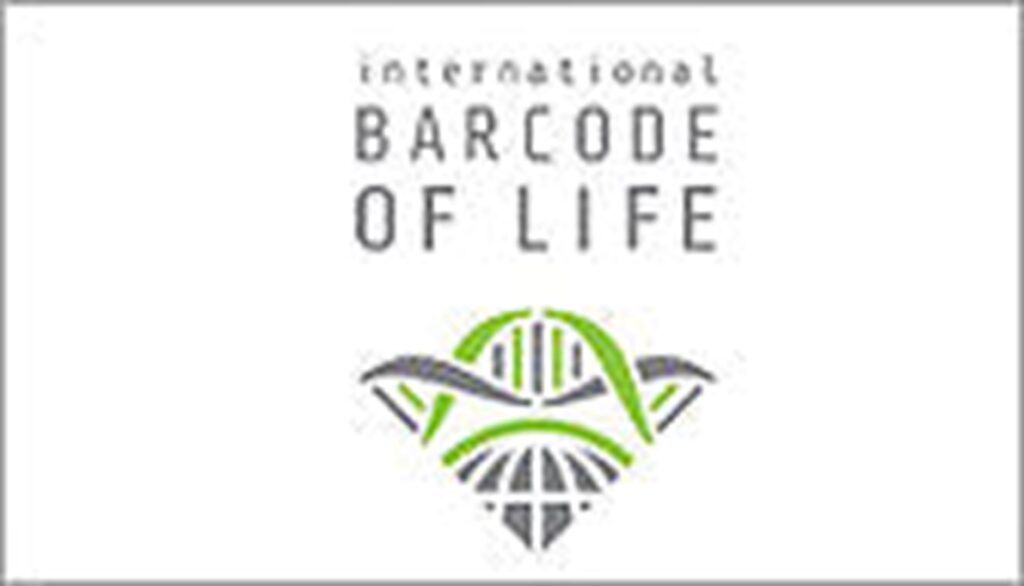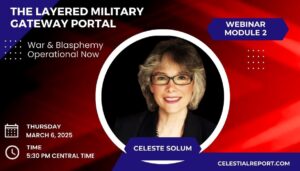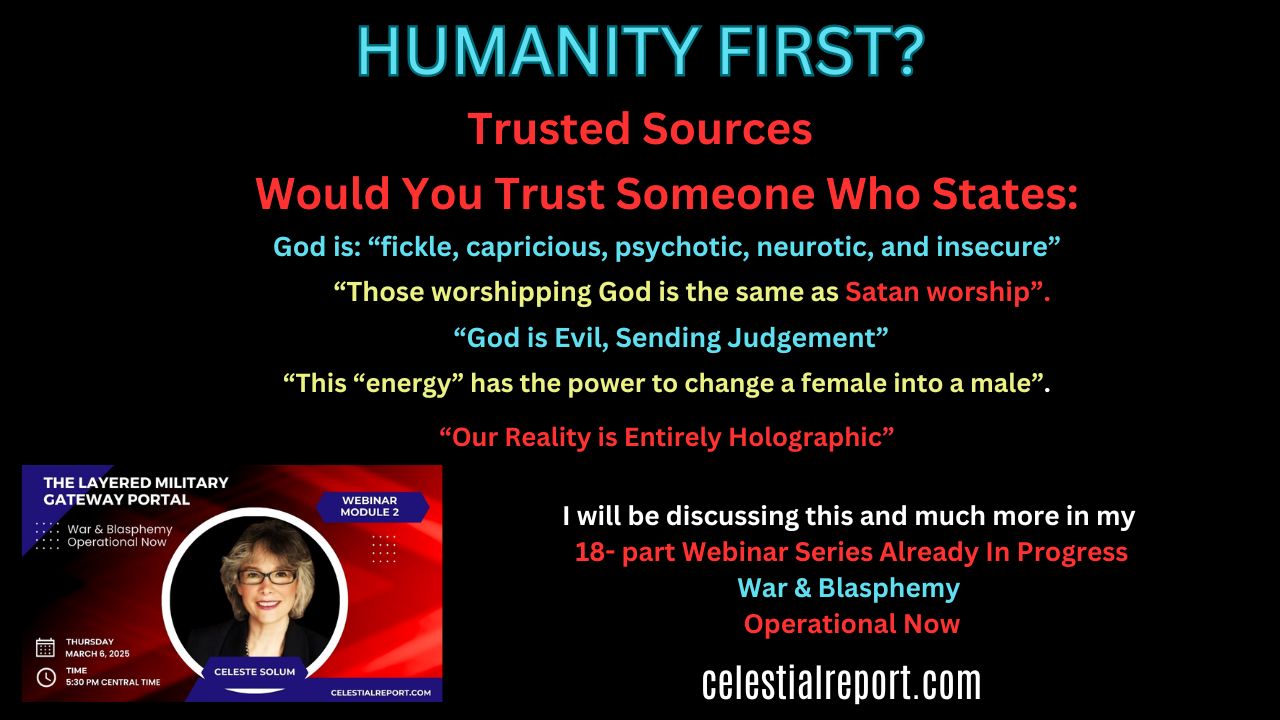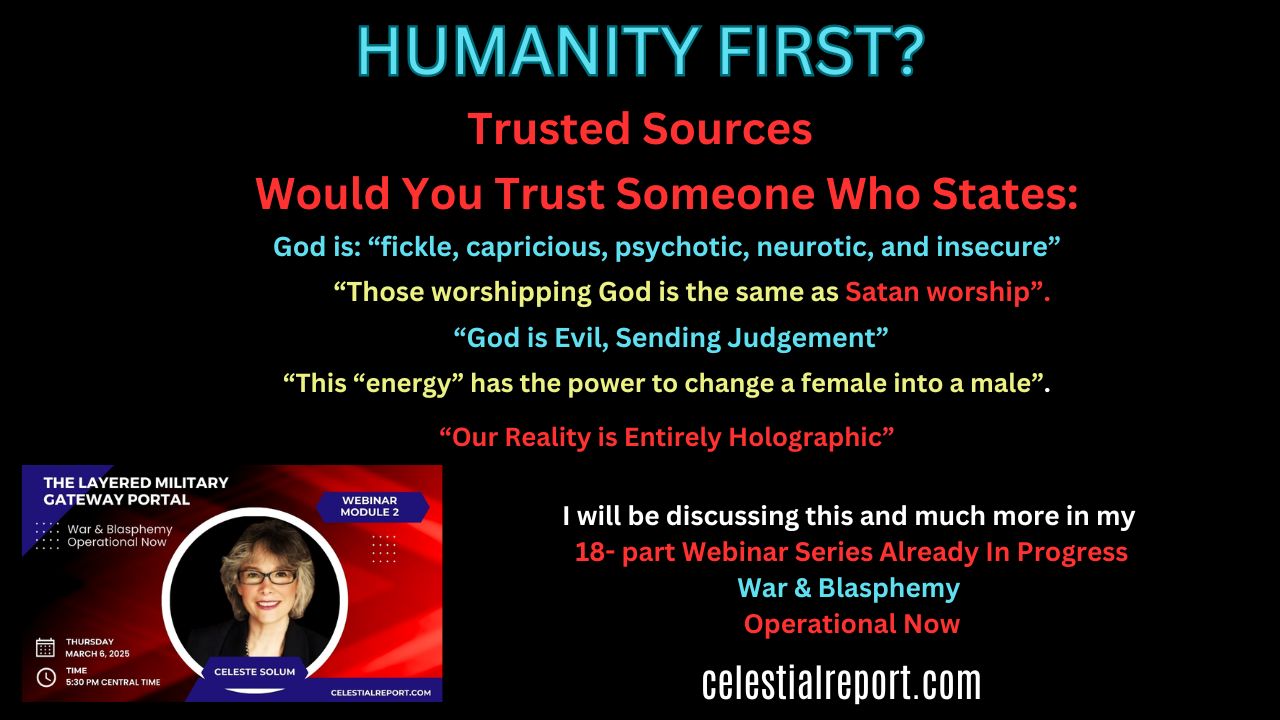
Barcoding the Landscape of Lineage
by SH staff January 31, 2018
Lordship, Landscape, Lineage
What would it be like to live in a bio-literate world – a world where you could know, in minutes, the name of any animal or plant – any time, anywhere? And not just its name but everything about it – what are its habits, is it endangered, is it dangerous, should it even be there or is it an invader from somewhere else?
The Rockefeller Institute and a consortium of others are of the Barcode of Life Project, to barcode every species and their componenets on planet earth. The acronyms in used to keep the public from knowing about this massive and intrusive project would make a politician blush: BOLD, IBOL, CBOL, GenBank, CETAF, BARCODE for Humans, and many more. From cockroaches, fish, plants, humans and their elemental components are barcodes are the emerging global standard for identifying species. This DNA barcoding project began in 2003.
 M
M
The 7th Conference on International Barcoding has just ended and the projects are surging forth. There is no life on earth that is sacred in this all-inclusive cataloging endeavor. The most intimate details each species and life down to its minute elements are put into scientific libraries and GenBanks.
One recent example is bone marrow of mice are being barcoded with a genetic label so that researchers are able to track and describe the family tree of individual blood cells as they form in their natural environment. The scientists discovered that these cells regenerate differently than their counterparts do after a blood cell transplant, according to a study published Jan. 3 in Nature and funded by the National Heart, Lung and Blood Institute (NHLBI), part of the National Institutes of Health.
“The findings of this research, if applicable to humans, will have implications for blood cell transplantation, and for clinical and research methods using blood cells, such as gene therapy or gene editing,” said John W. Thomas, Ph.D., Stem Cell and Cell-based Therapy Coordinator at NHLBI.
The results from this study shows that stem cells, their descendants, and blood progenitors, behave somewhat differently when studied without removing them from their native environment versus when studied in a laboratory or in transplantation.
According to the researchers, the current models are more likely to represent a roadmap of lineage potential for the blood cells’ natural offspring.
The genetically tagged roadmap is critical to move forward in the effort to reprogram cells and in editing genes.
In the study, researchers tagged cells using a transposon, a piece of genetic code that can jump to a random point in DNA, similar to building with legos, when exposed to an enzyme called transposase, tracks blood progenitors and adult stem cells during the natural, unperturbed process of blood regeneration.
The research provides evidence for a substantially revised roadmap for normal blood regeneration or blood production in the natural environment and highlighted the manifest unique properties of blood. Tagging and observing the blood cells allows scientists to predict the Landscape of Lineage and their fate.

God’s Word tells us, ” As I urged you on my departure to Macedonia, you should stay on at Ephesus to instruct certain men not to teach false doctrines or devote themselves to myths and endless genealogies, which promote speculation rather than the stewardship of God’s work, which is by faith.” I Timothy:1:4. When we read this most of us think it refers to our family tree. Could this passage be referring this time when our family tree is being merged into the perversions of evolutionary and alien myths, blurring the lines between man, beast, plant, and creatures unknown?
Does man have the mind of the Creator and His wisdom to deal with such unknowable information? Our world is being transformed as all life down to its subatomic level stands naked before man’s inquisitive scientific mind, ripe for experimentation and extinction.
Sources:
Barcode for Humans




